Results: The Welfare Queen, part one
Published on 07/17/2025
When President Ronald Reagan was trying to justify massive cuts on social programs, he would often invoke the so-called welfare queen. His rhetoric focused on an imaginary American — typically assumed to be a black, single woman — who was living large on the public dole. Today’s Republicans haven’t invoked the stereotype as they’ve set about slashing the safety net, but that may be because they don’t have to. "The megabill's war on the poor is built on a decades-old lie" Opinion by Symone D. Sanders Townsend is the source for this two part survey series.

QUESTIONS
GO to COMMENTS
Comments
1.
1.
The Republican Congress sent the Big Beautiful Bill Act to President Donald Trump's desk in time for his Fourth of July deadline. But even as Trump and his allies in Congress have prepared to take food off the tables of poor Americans with their mega bill, the decades-long project to demonize social welfare programs has helped them avoid accountability. Before signing his massive domestic policy bill, President Donald Trump proclaimed at the White House that "it's the most popular bill ever signed in the history of our country," adding for emphasis that "this is the single most popular bill ever signed." Do you agree with President Trump?

Yes
14%
274 votes
No
46%
869 votes
Undecided
10%
199 votes
Not Applicable
29%
558 votes
2.
2.
And make no mistake, the people that many of these cuts are going to hurt the most are the white, rural voters who backed Trump in the last three elections. There's a persistent myth in American politics that poverty has a single face and that face is usually black, often female, and somehow responsible for her own hardship. That myth was not born by accident. It was crafted, polished and weaponized. It was built on decades of policy choices and political messaging that added racial overtones to programs designed to combat poverty among all Americans in an effort to erode public support. Are you aware of this stereotype?
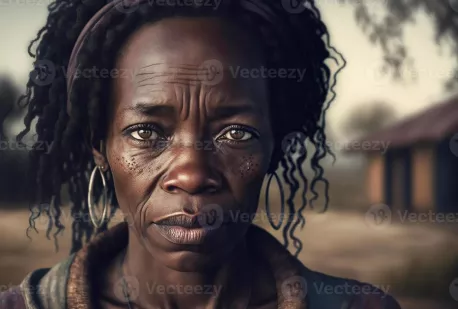
Yes
34%
650 votes
No
21%
395 votes
Undecided
12%
220 votes
Not Applicable
33%
635 votes
3.
3.
Ironically, these programs began as ways to help poor white people. When the New Deal began tackling poverty, programs such as Aid to Dependent Children (later renamed Aid to Families with Dependent Children, AFDC) were designed to support mostly white, widowed mothers suffering in the Great Depression. It wasn't until the Civil Rights Movement gained traction in the 1960s that more black families became able to access these same benefits. That led to a backlash against them that the right has long used to try to undercut them. Are you familiar with this chapter of 20th century American history?
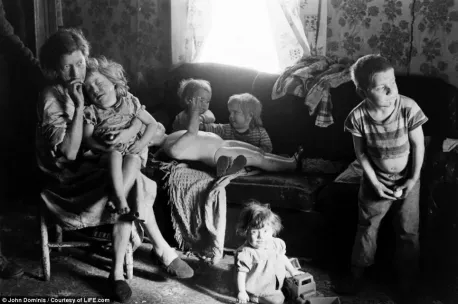
Yes
28%
525 votes
No
28%
537 votes
Undecided
13%
239 votes
Not Applicable
32%
599 votes
4.
4.
By the 1970s, amid rising inflation, economic anxiety and racial resentment, conservatives began to cast what was known as "welfare" not as a ladder out of poverty but as a trap and its recipients as ungrateful, unproductive burdens on the system. That set the stage for Reagan, who took a story about a real woman convicted of fraud and exaggerated it into a stereotype that fictionalized that most black women were "welfare queens" who were supposedly cashing multiple checks under multiple names and driving a Cadillac. Have you ever heard the term "welfare queen"?
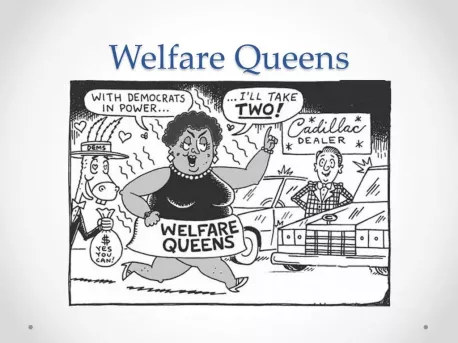
Yes
31%
589 votes
No
34%
641 votes
Undecided
8%
147 votes
Not Applicable
28%
523 votes
5.
5.
The strategy worked. The "welfare queen" myth gave policymakers from both parties permission to strip benefits from millions of people. When President Bill Clinton signed the 1996 welfare reform bill, officially ending AFDC and replacing it with Temporary Assistance for Needy Families, the damage was codified. Clinton promised to "end welfare as we know it," and he did. But what also ended was any real commitment to a guaranteed safety net in this country. Were you aware that Bill Clinton signed a welfare reform bill into law?
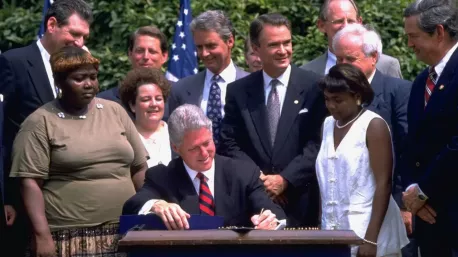
Yes
24%
460 votes
No
35%
657 votes
Undecided
11%
203 votes
Not Applicable
31%
580 votes
6.
6.
The truth is that the majority of people living in poverty in America today are not black. They are white, rural Americans, children and veterans. They are seniors on fixed incomes or single mothers juggling multiple jobs and still coming up short. The face of poverty is not who many Americans have been conditioned to see. The cost of that conditioning is showing up in real time. Did you realize that the majority of Americans living in poverty right now are white Americans?
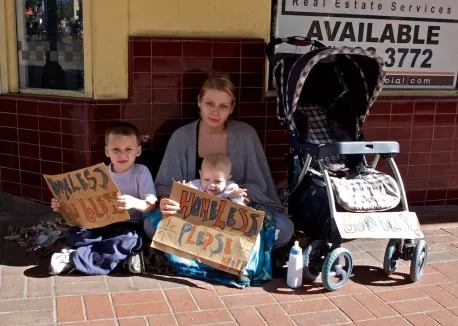
Yes
31%
592 votes
No
27%
509 votes
Undecided
12%
228 votes
Not Applicable
30%
571 votes
COMMENTS


